Is Morocco Muslim
- Overview of Morocco’s Religious Demographics
- Historical Context of Islam in Morocco
- Major Islamic Practices and Beliefs
- Role of Islam in Moroccan Culture
- Interfaith Relations and Religious Diversity in Morocco
Overview of Morocco’s Religious Demographics

Is Morocco Muslim? Morocco is predominantly a Muslim-majority country, with nearly 99% of its population identifying as followers of Islam. This overwhelming presence of Islam significantly shapes not only the religious but also the social, cultural, and political landscape of the nation. Within this frame, one must consider how the complexities of religious identity influence the perception and reality of what it means to be Moroccan in a modern context.
Upon examining the nuances of Morocco’s religious demographics, it is pertinent to highlight the two main sects within Islam that find representation in the country. The Sunni branch, specifically the Maliki school of thought, is by far the most prevalent. This particular school is characterized by its emphasis on Islamic jurisprudence based on the practices of the people of Medina during the time of the Prophet Muhammad. The importance of the Maliki school in Morocco cannot be overstated, as it forms the basis of the legal and educational frameworks of the country, embedding Islamic principles into everyday governance and daily life.
Another noteworthy aspect of Moroccan religious demographics is the minimal Shia presence, which is not officially recognized yet constitutes a small minority within the broader Islamic community. This sect often faces societal pushback due to the overarching Sunni majority which is ingrained in Moroccan identity and heritage.
- Holy Quran Part 30 (JUZ AMMA) Book with English Translation (12 Pcs Lot)
- Dr.Mustafa Khattab (Author)
- English (Publication Language)
- 416 Pages - 12/26/2015 (Publication Date) - Message for Humanity (Publisher)
- Karroum, Bachar (Author)
- English (Publication Language)
- 129 Pages - 02/08/2023 (Publication Date) - GoodHearted Books Inc. (Publisher)
In addition to Islam, there exist small communities of Christianity and Judaism, though their populations are diminutive compared to Muslims. The Christian community primarily consists of expatriates, particularly with the influx of Western nationals during the colonial period and more recently through tourism and business means. The Jewish community, once a significant facet of Morocco’s historical narrative, has seen a dramatic decline in numbers, especially after the mid-20th century. However, the remnants of this community maintain a cultural presence through festivals, synagogues, and historical sites which underline Morocco’s unique tapestry of inter-religious dynamics.
Moreover, the Moroccan Constitution guarantees freedom of religion, permitting various religious practices. While official statistics on non-Muslim populations may be sparse, it is evident that the ethos of coexistence remains a crucial element of Morocco’s cultural identity. This coexistence is often manifested during national festivities and public gatherings where respect for all faiths is celebrated, suggesting that while Islam is the dominant religion, tolerance plays an integral role in Moroccan society.
The Moroccan government plays a distinct role in promoting Islam as intertwined with national identity, yet it also strives to project an image of openness and modernity. The King of Morocco, recognized as the “Commander of the Faithful,” symbolizes the duality of political and religious authority in the kingdom. This unique positioning add layers to the question of “Is Morocco Muslim?” as it encapsulates not just religious adherence but also a national collective identity rooted in Islamic values.
While the primary demographic remains overwhelmingly Muslim, Morocco’s capacity for embracing diversity is invaluable as it navigates the challenges and opportunities of globalization. Hence, despite Islam being central to Moroccan identity, the underlying principles of tolerance and multiculturalism continue to foster an environment where religious minorities can exist and thrive.
Historical Context of Islam in Morocco
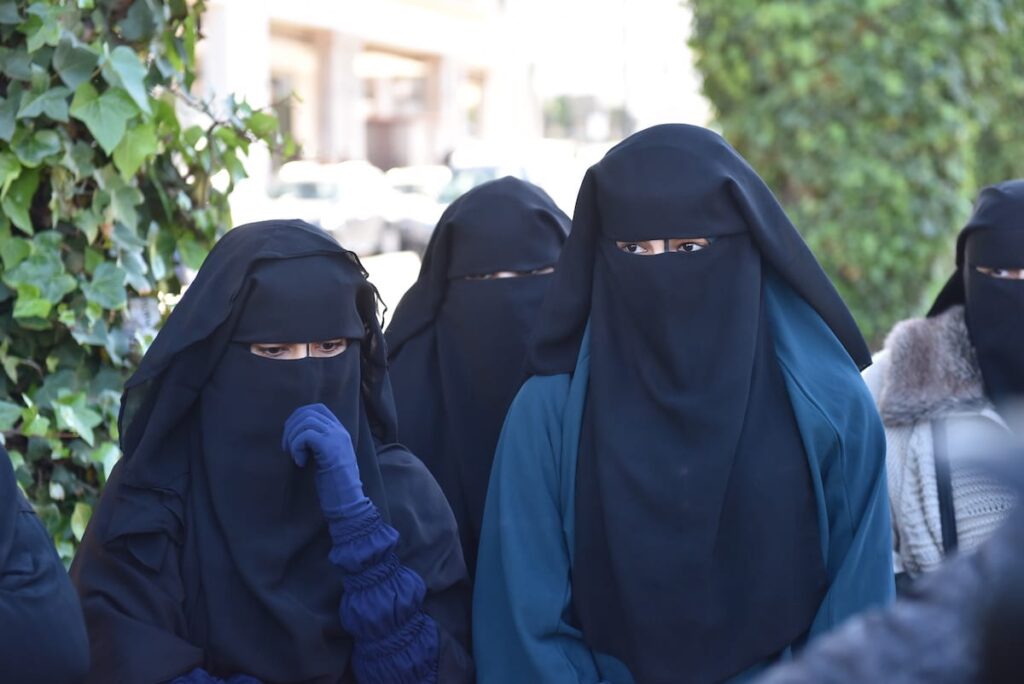
Morocco’s historical connection with Islam dates back to the 7th century when the religion was introduced to the region following the Arab conquests. The early establishment of Islam in Morocco was significantly influenced by the Umayyad Caliphate, which expanded its reach across North Africa. The Berber tribes, the indigenous people of Morocco, initially showed resistance to this new faith. However, prominent figures such as Saint Augustine’s predecessors managed to facilitate the conversion to Islam, setting the foundation for a predominantly Muslim demographic that would flourish over the coming centuries.
- Holy Quran Part 30 (JUZ AMMA) Book with English Translation (12 Pcs Lot)
- Dr.Mustafa Khattab (Author)
- English (Publication Language)
- 416 Pages - 12/26/2015 (Publication Date) - Message for Humanity (Publisher)
- Karroum, Bachar (Author)
- English (Publication Language)
- 129 Pages - 02/08/2023 (Publication Date) - GoodHearted Books Inc. (Publisher)
In the subsequent years, several dynasties emerged in Morocco, each contributing to the expansion and deepening of Islam in the region. The Idrisid dynasty, which began in the late 8th century, was notably significant as it established the first Moroccan state. Founded by Idris I, a great-grandson of the Prophet Muhammad, this dynasty emphasized the establishment of Islamic governance and the spread of Islam among the local tribes. The cultural exchange between Arab settlers and the Berber population facilitated a hybridization of traditions, resulting in a rich cultural identity that encapsulated both Islam and indigenous practices.
During the medieval period, Morocco became a key player in the Islamic world, particularly as a center of scholarship and jurisprudence. The Al-Azhar University in Cairo and the University of al-Qarawiyyin in Fez—recognized by UNESCO as the world’s oldest existing degree-granting university—became epicenters for Islamic learning. Scholars from different parts of the Islamic world gathered here, contributing to scholarly debates and developments in Islamic law, philosophy, and sciences, thereby solidifying Morocco’s historical legacy within the larger Islamic discourse.
The role of the Almoravid and Almohad empires in the 11th and 12th centuries was pivotal in shaping Morocco’s Islamic ethos. These movements aimed to purify and reform Islam during a time of perceived deviation from core principles. They were instrumental in unifying Berber tribes under a monotheistic Islamic identity, fostering a sense of national consciousness steeped in religious devotion. The architecture and establishments from this period, including the Koutoubia Mosque in Marrakesh and the Hassan Tower in Rabat, stand as testaments to this deeply entrenched Islamic heritage.
As time progressed, European colonialism in the 19th and 20th centuries presented challenges to Morocco’s Islamic identity. The French and Spanish protectorates sought to undermine traditional Islamic authority, influencing legal and educational frameworks. However, resistance movements rooted in Islamic principles emerged, setting the stage for Morocco’s ultimate fight for independence, which was achieved in 1956. This struggle fostered a renewed appreciation for Islam as a marker of national identity, raising pertinent questions surrounding the essence of “Is Morocco Muslim?” in the post-colonial context.
The impact of Islam remains deeply interwoven in Moroccan politics and culture. Following independence, the monarchy sought to reinforce its legitimacy through Islamic affiliation, with the King embodying both political and religious authority as the “Commander of the Faithful.” This duality facilitates a continuity of Islamic tradition while also fostering a modern national identity that emphasizes Moroccan specifics within the broader Islamic world. As Morocco navigates contemporary challenges, the historical context of Islam within the nation serves as both a foundation and a lens through which current social dynamics and political frameworks are understood.
Morocco’s historical narrative illustrates a significant journey of Islamic integration that has shaped not only its political landscape but also the everyday lives of its citizens, making Islam a cornerstone of Moroccan identity that endures to this day.
Major Islamic Practices and Beliefs

Islamic practices and beliefs in Morocco are deeply embedded in the fabric of daily life, cultural expressions, and social interactions. The prominence of Islam in this North African country is not just about numbers; it manifests through a variety of rituals and adherence to religious tenets that guide the community. The question, “Is Morocco Muslim?” finds its roots in these practices and beliefs, which shape the moral and ethical frameworks of the Moroccan populace.
Key Practices of Islam in Morocco
The five pillars of Islam—which include the declaration of faith, prayer, almsgiving, fasting, and pilgrimage—serve as the backbone of Muslim life in Morocco. Each of these practices is honored with particular significance in how Moroccans express their faith.
1. Shahada (Faith): The profession of faith is central to being recognized as a Muslim. In Morocco, this declaration is not only a personal affirmation but also a public one, as it is a routine part of community gatherings and cultural events, linking individual identities to a collective Moroccan Islamic culture.
- Holy Quran Part 30 (JUZ AMMA) Book with English Translation (12 Pcs Lot)
- Dr.Mustafa Khattab (Author)
- English (Publication Language)
- 416 Pages - 12/26/2015 (Publication Date) - Message for Humanity (Publisher)
- Karroum, Bachar (Author)
- English (Publication Language)
- 129 Pages - 02/08/2023 (Publication Date) - GoodHearted Books Inc. (Publisher)
2. Salah (Prayer): Daily prayers are fundamental, with many Moroccans observing the five daily prayers at home or in mosques. The sound of the adhan (call to prayer) is a familiar echo in towns and cities, marking the rhythm of daily life. Friday prayers (Jumu’ah) attract congregations seeking community and spiritual unity.
3. Zakat (Charity): Almsgiving symbolizes the commitment to social welfare and community support. Many Moroccans practice Zakat not just as a religious obligation but as an integral part of their social responsibility. Charity during Ramadan and special occasions emphasizes this belief in aiding the less fortunate.
4. Sawm (Fasting during Ramadan): Ramadan is a significant month for fasting; the act of abstaining from food and drink during daylight hours fosters a sense of humility, empathy for the poor, and deepens one’s spiritual connection with Allah. Morocco witnesses vibrant communal celebrations at iftar—the evening meal breaking the fast—showcasing a rich hospitality tradition.
5. Hajj (Pilgrimage to Mecca): Although not all Moroccans can afford to make the pilgrimage to Mecca, it remains a cherished aspiration for many Muslims in the country. Those who undertake Hajj are celebrated and regarded with reverence upon their return.
Festivals and Celebrations
Islamic festivals further enliven the cultural landscape of Morocco, intertwining religious belief with social festivities.
– Eid al-Fitr marks the end of Ramadan and is characterized by communal prayers, feasting, and giving gifts. Families come together to celebrate, reinforcing ties and expressing gratitude for the blessings received.
– Eid al-Adha is another significant festival, commemorating the willingness of Ibrahim (Abraham) to sacrifice his son in obedience to God. It involves ritual animal sacrifice and serves as an important occasion for sharing with the less fortunate.
The following table presents statistical insights into various aspects of Islamic practices observed in Morocco:
| Islamic Practice | Percentage of Adherents |
|---|---|
| Daily Prayer (Salah) | 85% |
| Obligation of Zakat | 78% |
| Observance of Ramadan | 95% |
| Hajj Undertaking | 15% |
| Eid al-Fitr Celebration | 90% |
| Eid al-Adha Celebration | 85% |
Interconnectedness of Beliefs and Culture
The interplay of Islamic beliefs with Moroccan traditions is also evident in various cultural expressions, from architecture to cuisine. Notable structures, such as the grand mosques in cities like Marrakech and Fes, exemplify Moroccan craftsmanship enriched with Islamic motifs. Additionally, Islamic values shape moral teachings and guide social behavior, reinforcing community bonds and cultural norms.
The intricate tapestry of Moroccan identity includes elements of Sufism, which emphasizes mysticism and internal devotion. Sufi traditions flourish through various brotherhoods and rituals, further illustrating the depth of Islamic practices in daily life.
In essence, the inquiry into whether “Is Morocco Muslim?” transcends mere religious affiliation, offering a lens through which one can observe a society where faith is dynamically integrated into daily life, permeating every level of culture, celebrating identity, and fostering community interconnectedness.
Role of Islam in Moroccan Culture
Islamic Influence on Daily Life
The role of Islam in Moroccan culture profoundly influences daily life, shaping everything from family structures to social customs. Islamic practices form the backbone of community ties, where religious observance fosters a strong sense of identity among Moroccans. Elements of worship are intricately woven into the fabric of daily activities; for instance, many businesses close during prayer times, reflecting the commitment to Salah (prayer). The presence of mosques throughout cities further emphasizes communal life, allowing opportunities for social interaction centered around religion.
Holidays such as Eid al-Fitr and Eid al-Adha are celebrated with an emphasis on family and community. During these festivities, it is common for neighbors and relatives to gather, underscoring the collective aspect of Moroccans’ Islamic practices. The spiritual ethos of these occasions promotes charitable activities, enhancing the social fabric of society. With approximately 95% of Moroccans observing Ramadan, the month reinforces not only personal faith but also community bonds through shared experiences of fasting and communal prayers. This sense of unity amidst diversity becomes a crucial facet of answering the question, “Is Morocco Muslim?”
The importance of Islamic festivals can also be seen in the way cultural traditions have adapted to incorporate Islamic themes. Traditional music, art, and dance often reflect Islamic influences, blending with local customs to create a unique Moroccan identity. The traditional clothing worn during these celebrations, such as the djellaba and kaftan, often features designs and colors that hold cultural significance deeply rooted in Islamic heritage. Thus, the vibrancy of Moroccan culture acts as a testament to the prevalent influence of Islam.
Education and Islamic Values
Education in Morocco is deeply influenced by Islamic values, which play an essential role in both theological and secular studies. Institutions such as the University of al-Qarawiyyin and various Quranic schools emphasize Islamic teachings alongside traditional subjects, reinforcing a commitment to education grounded in religious principles. The integration of religious study in curriculums prepares youth not only for careers but also for life as practicing Muslims.
Parents instill Islamic values in their children from an early age, embedding concepts of justice, compassion, and respect for others, which are foundational to both personal development and communal harmony. Additionally, the teaching of Arabic—both as a spoken language and as the language of the Quran—ensures that the next generation maintains a connection to Islamic teachings. This educational approach highlights how deeply the tenets of Islam penetrate daily life, reinforcing the ongoing relevance of the inquiry “Is Morocco Muslim?” at both personal and societal levels.
Religious education is complemented by the role of community leaders, who often guide moral conduct and provide counsel on ethical issues. Their influence ensures that Islamic values resonate not only within homes but also across broader societal contexts, establishing ethical norms based on Quranic principles.
Art and Architecture in Islamic Culture
Art and architecture in Morocco are also significantly shaped by Islamic culture, serving as symbols of spiritual devotion and communal identity. Islamic art in Morocco is characterized by intricate geometric designs, beautiful calligraphy, and vibrant tile work, reflecting an aesthetic that is deeply intertwined with religious beliefs. Historic sites like the Hassan II Mosque in Casablanca are testaments to the artistry and dedication embedded in Islamic architecture, drawing visitors and pilgrims alike to marvel at their grandeur.
Throughout Moroccan cities, the influence of Islam can be observed in the design of public spaces, homes, and plazas—all often featuring elements that signify Islamic heritage. The ornate detailing of mosques, palaces, and even the country’s riads illustrate how faith and daily life are interconnected in aesthetic expression. Such architectural forms evoke questions around identity, emphasizing how public and private spaces are infused with religious significance, furthering the dialogue on whether “Is Morocco Muslim?” encapsulates more than mere adherence to a faith but rather a holistic, lived experience of culture.
In addition to architecture, literary traditions in Morocco often draw from Islamic themes, aiming to convey moral lessons and inspire spiritual growth. Poets and writers frequently utilize their works to explore questions of faith, identity, and existence, enriching the cultural milieu and ensuring that Islamic narratives continue to thrive in contemporary society.
Contemporary Challenges and Resilience
The Moroccan identity influenced by Islam faces contemporary challenges, particularly in the context of globalization and modernization. Young people navigate the balance between upholding traditional Islamic values and engaging with global cultures, often leading to tensions around religious observance and lifestyle choices. Nonetheless, many Moroccans remain committed to their faith, adapting Islamic practices to fit modern contexts while preserving core tenets.
Community initiatives and religious organizations often mobilize to promote social welfare, interfaith dialogues, and cultural festivals celebrating the diversity of Morocco’s Islamic heritage. These proactive measures illustrate resilience in maintaining Islamic identity amidst external pressures. The intricate dance of embracing modernity while reflecting on historical Islamic roots continues to shape the narrative surrounding “Is Morocco Muslim?”—revealing how faith can coexist with a dynamic, evolving cultural landscape.
Thus, the role of Islam in Moroccan culture is multifaceted, influencing various aspects of daily life while fostering an environment of resilience, community, and ongoing reaffirmation of identity. As Morocco continues to evolve, Islam remains an essential pillar, shaping the nation’s trajectory and collective consciousness. Exploring these dimensions not only enriches the understanding of Morocco’s culture but also underscores the enduring relevance of its Islamic identity in contemporary society.
Interfaith Relations and Religious Diversity in Morocco
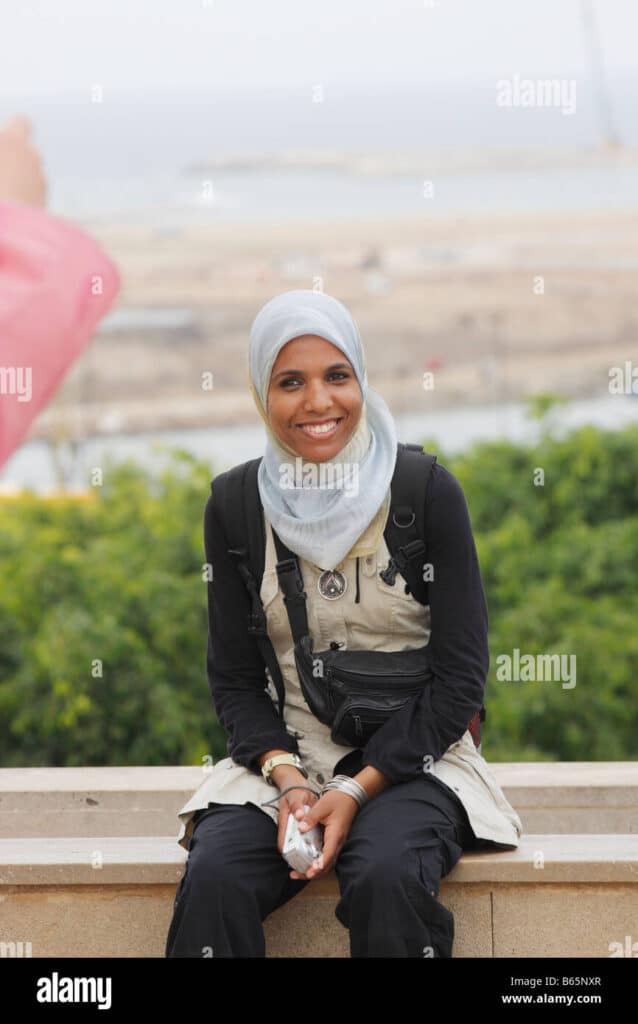
Morocco’s history has always been marked by a rich tapestry of cultural and religious interactions, leading to interfaith relations that are both complex and dynamic. Despite the overwhelming majority of Muslims, primarily Sunni, there remains a significant presence of other faiths, reflecting the country’s historical openness to diversity. The question “Is Morocco Muslim?” often prompts exploration of how these various faiths coexist within a predominantly Islamic framework.
The Jewish community in Morocco, which dates back over two thousand years, has significantly influenced the cultural and social landscape. At its peak in the early 20th century, the Jewish population numbered approximately 250,000, contributing to commerce, education, and even politics. Though today their numbers have dwindled to a few thousand, the legacy of this community is still evident, particularly in cities like Marrakech and Casablanca, where synagogues, cultural festivals, and museums celebrate Jewish heritage. Events like the annual Mimouna celebration, which marks the end of Passover, exhibit the willingness of Moroccan society to embrace and honor its Jewish past, strengthening interfaith ties.
Christianity, while a minority religion, is also a part of Morocco’s intricate religious weave. Predominantly represented by expatriates and foreign residents, the Christian population includes various denominations, with Catholics being the most prominent. The presence of churches, particularly in urban areas, and the publicity of Christmas and Easter demonstrate the country’s tolerance and acceptance of different faiths. This realization is bolstered by the legal framework that protects freedom of religion, allowing Christians to practice openly, albeit within certain social constraints.
Interfaith dialogue plays a crucial role in maintaining peace and understanding among these diverse communities. Various initiatives by both government and non-governmental organizations promote engagement, respect, and cooperation between religious groups. Discussions on shared values, common heritage, and mutual respect are encouraged, fostering a sense of unity that transcends individual belief systems. These efforts also help address misconceptions and stereotypes, enabling a more harmonious social fabric.
Moreover, the government’s commitment to religious tolerance is enshrined in the Moroccan Constitution, which recognizes Islam as the state religion while affirming the rights of all citizens to practice their faith freely. This constitutional assurance has been bolstered by the King’s role as a protector of all religions, further encouraging a narrative of inclusivity. Events involving various faiths, such as interfaith conferences or cultural festivals, often receive state support, fostering an atmosphere of coexistence and dialogue.
Despite facing challenges, such as social stigmas or pressures that minority communities might encounter, the overall fabric of Moroccan society reflects a resilience in fostering interfaith relations. Educational institutions and community programs increasingly focus on teaching the values of tolerance and understanding from a young age, instilling respect for diversity within future generations.
As Morocco continues to navigate modernity and globalization, the question “Is Morocco Muslim?” must consider not only the dominant Islamic identity but also the rich interwoven narratives of the country’s diverse religious communities. In essence, Morocco exemplifies an approach that acknowledges the significance of Islam while simultaneously embracing the multicultural dimensions that define its unique identity.





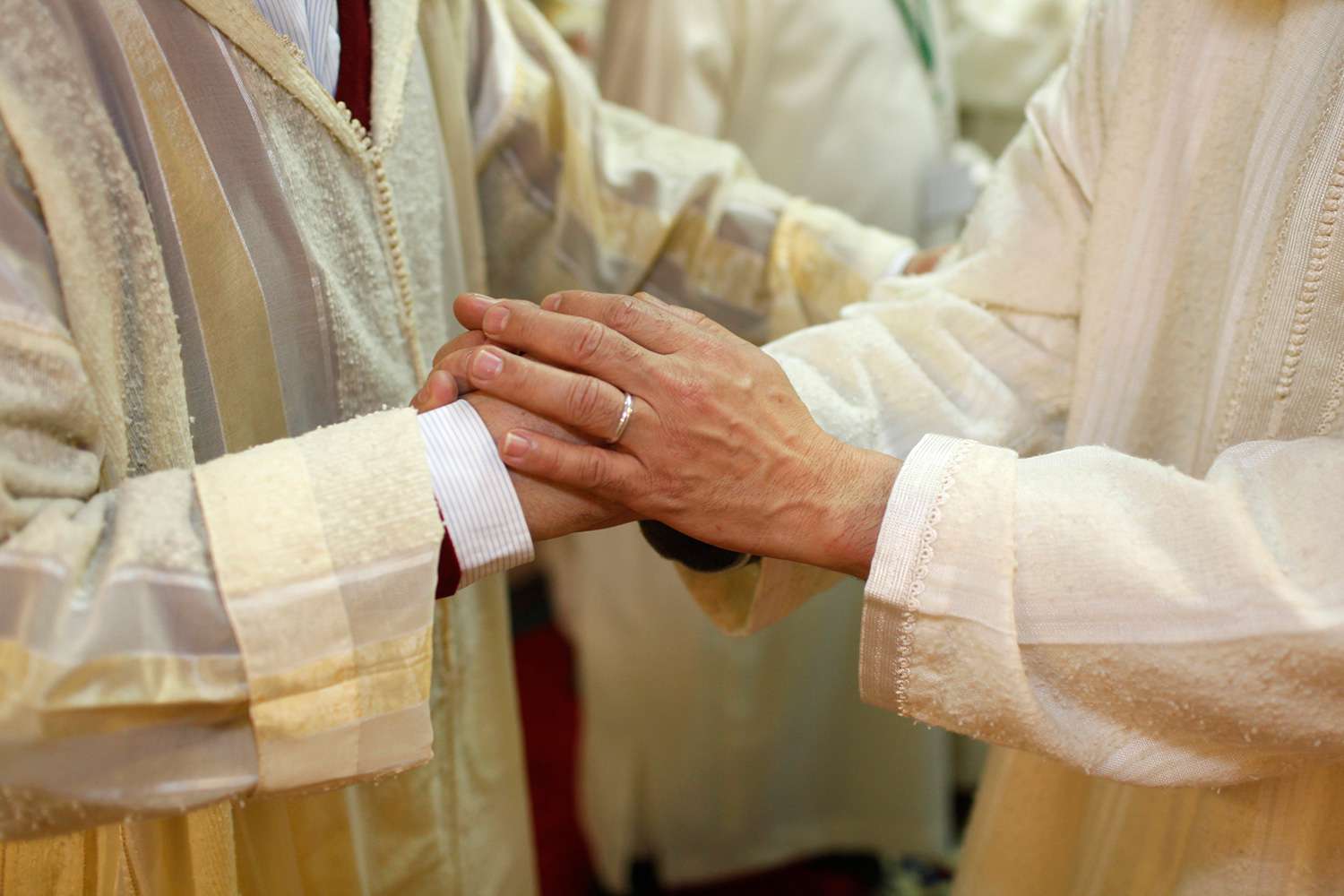





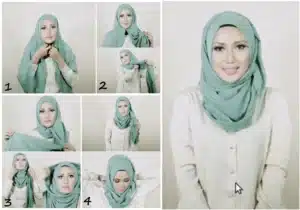
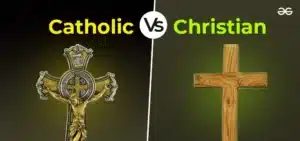



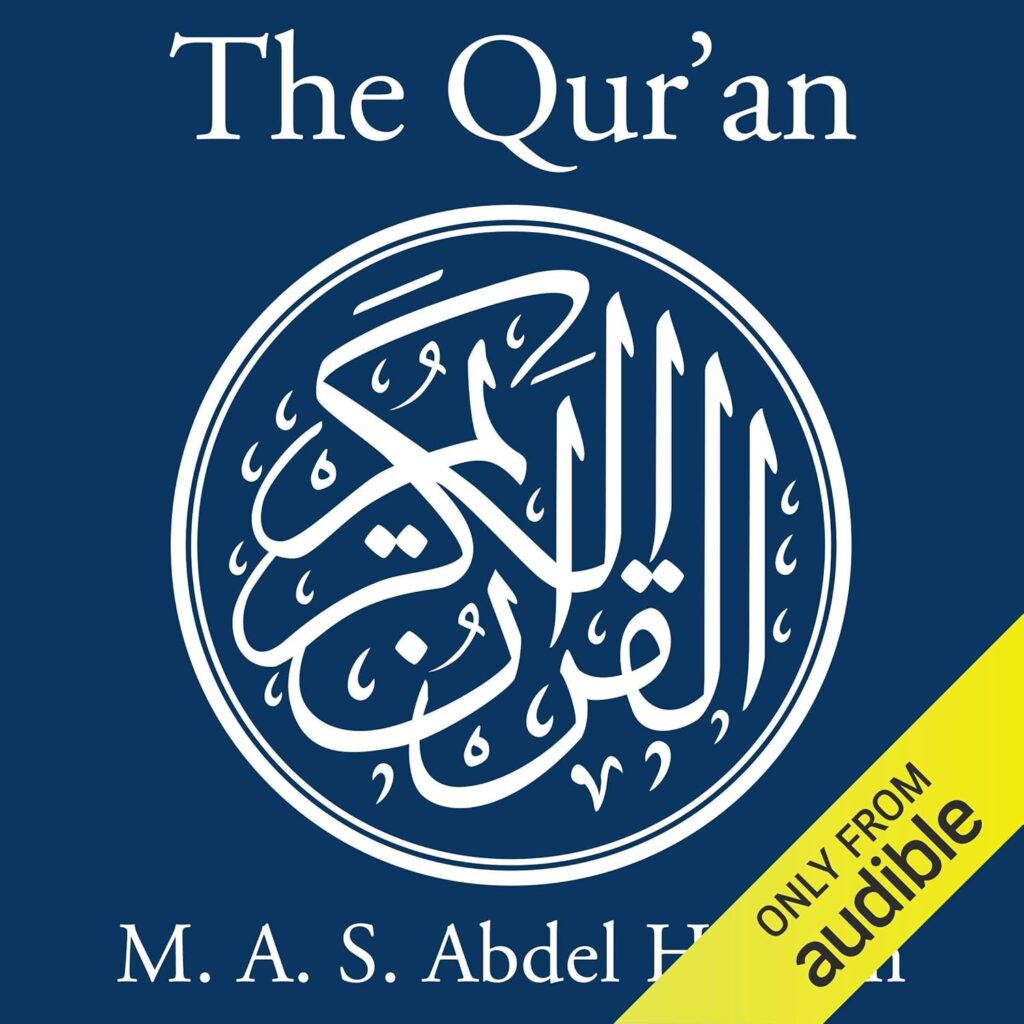

Post Comment